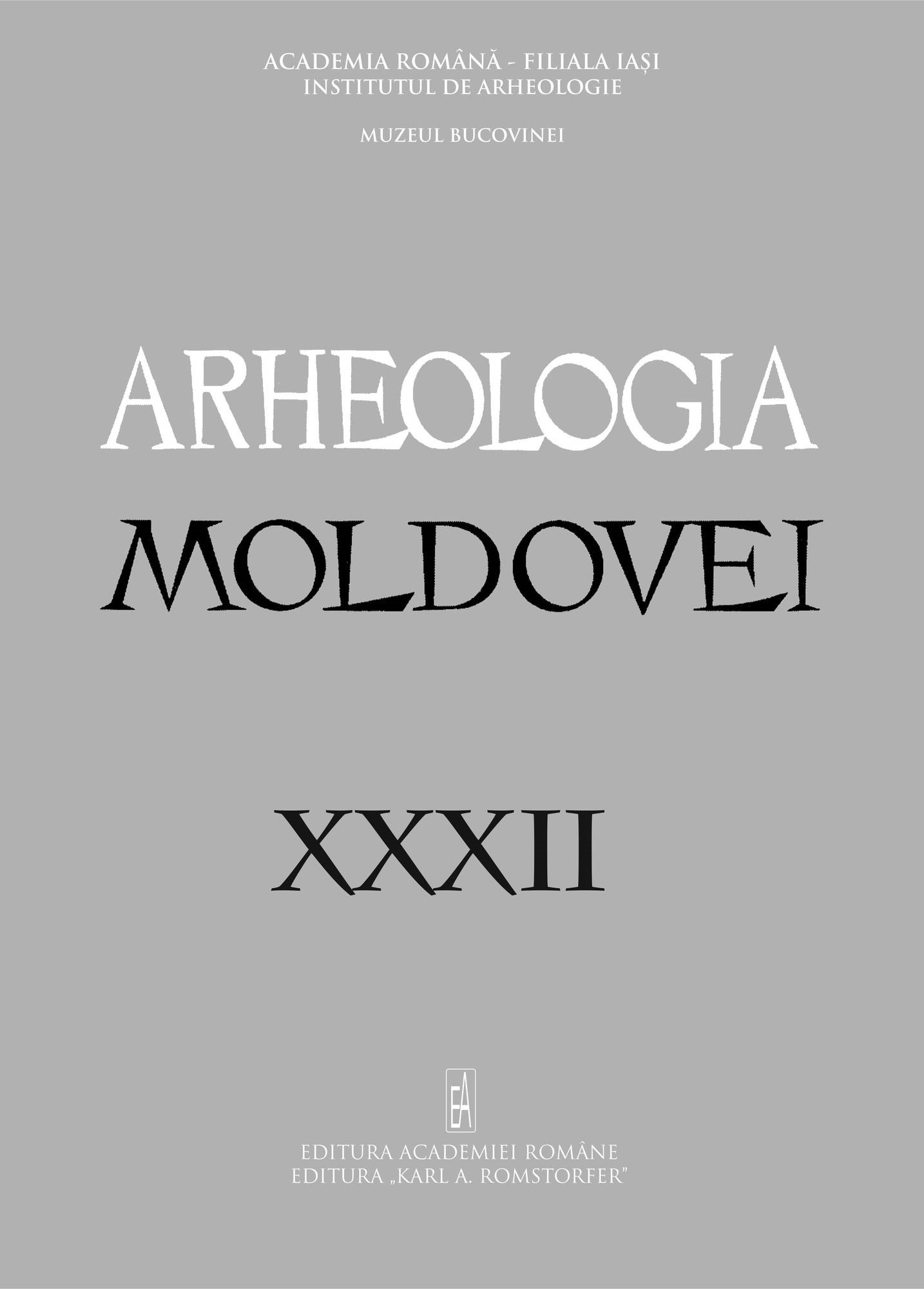Date istorice şi arheologice de la Isaccea – Noviodunum (jud. Tulcea). Rezultate preliminare ale cercetărilor din sector Curtină 1 şi 2
Archaeological and Historical Data from Isaccea – Noviodunum (Tulcea County). Preliminary. Results of the Research from Sector Curtina 1 and 2
Author(s): Dan Aparaschivei, George-Aurelian BilavschiSubject(s): History, Archaeology, Cultural history, Economic history, Ancient World, Middle Ages
Published by: Editura Academiei Române
Keywords: archaeological research; Isaccea – Noviodunum; Dobrudja;
Summary/Abstract: In the eastern side of the city of Isaccea (Tulcea County) the ruins of the Roman-Byzantine fortifications of Noviodunum were identified. The settlement was located at the most important ford along the section between the bends the river makes turning to East and the Black Sea.In a large project initiated in 2000, two other research points were inaugurated in 2007 and 2008, C1 (Curtina 1) and C2 (Curtina 2), in accordance with the scientific project from previous years. Thus, between the TA (Tower A) and TC (Corner Tower), just at halfway (about 15 m from the two towers discovered in prior excavations), sections C1 andC2 were drawn, having the dimensions of 4 × 20 m, respectively, 3 × 20 m, oriented roughly NE–SW. According to the objectives outlined and brought into operation from previous campaigns, in 2008 the work of uncovering the walls of the Roman-Byzantine and Late Byzantine fortifications continued, on its southern side. Research objectives set for this sector were to clear up over the technique of construction of the precincts, to identify the chronological sequence of steps for restoration work and constructive activity from the inside and outside of the fortress and to connect the present architectural elements with the situations arising in the other investigated sectors. Together with the collection of an impressive quantity of ceramics, terracotta and tiles, few other artifacts were also recovered, consisting in objects of adornment (bracelets made by braided metal wires or glassy paste, beads, bells etc.), small fragments of colored glass, pieces of various household objects, several types of bone artifacts decorated by incision, coins (Roman-Byzantine, Byzantine, Tatar or Genoese-Tatar), nails, spikes, cramps etc.
Journal: Arheologia Moldovei
- Issue Year: 32/2009
- Issue No: 1
- Page Range: 183-200
- Page Count: 18
- Language: English, Romanian

